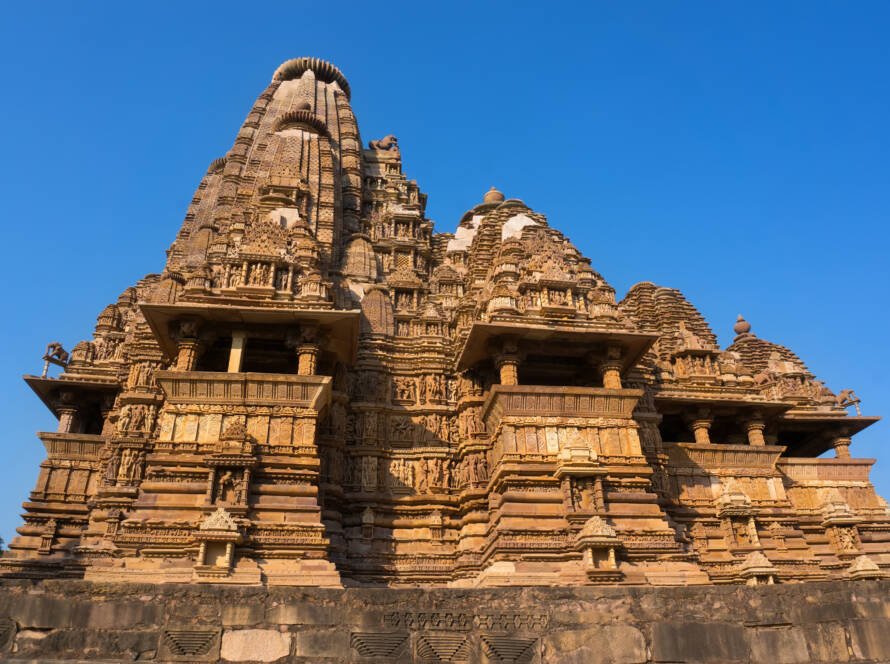Ancient India, a land steeped in mystery and marvel, is the birthplace of some of the world’s most influential civilizations. Its rich cultural and historical legacy continues to inspire awe, offering glimpses into the ingenuity and sophistication of our ancestors. Among these early civilizations, the Indus Valley Civilization stands as a beacon of advanced urban development and architectural brilliance. Flourishing around 2500 BCE in the region that now encompasses Pakistan and northwest India, this civilization was a pioneer in urban planning, setting standards that were millennia ahead of its time.
The Indus Valley Civilization, also known as the Harappan Civilization, was a cradle of early urban culture, thriving at a time when many other parts of the world were still in the nascent stages of societal organization. What sets this civilization apart is its extraordinary focus on city planning and infrastructure. Unlike the organic, often chaotic growth of other ancient cities, the urban centers of the Indus Valley were meticulously planned, reflecting a level of organization and foresight that is both astonishing and inspiring.


Harappa and Mohenjo-Daro, the most prominent cities of the Indus Valley, provide striking examples of this civilization’s urban planning prowess. The cities were laid out on a precise grid pattern, with streets intersecting at right angles, creating well-organized blocks that facilitated movement and trade. This grid system, a hallmark of modern urban design, was executed with remarkable precision, suggesting the presence of a centralized authority with a clear vision for urban development. The streets were not merely functional pathways but were designed to enhance the flow of goods, people, and ideas, reflecting the dynamic and interconnected nature of Harappan society.
One of the most advanced aspects of the Indus Valley’s urban planning was its sophisticated drainage system. Each house in the cities was connected to a central drainage network, with covered drains running along the main streets. This system was a revolutionary innovation in sanitation, reducing the spread of diseases and ensuring a clean, healthy environment for the inhabitants. The importance placed on hygiene and public health is evident in the extensive planning that went into this infrastructure, showcasing the civilization’s progressive approach to urban living.

The use of standardized fired bricks in construction across the Indus Valley is another testament to the civilization’s emphasis on uniformity and efficiency. These bricks, used to build everything from houses to public baths, ensured the structural integrity and durability of the buildings. The Great Bath of Mohenjo-Daro, for instance, stands as a remarkable example of this architectural expertise. This large, communal bathing facility was likely a central part of public life, possibly used for both ritualistic and social purposes, underscoring the civilization’s advanced understanding of public architecture.
In addition to their architectural and engineering achievements, the Indus Valley people demonstrated a deep understanding of resource management. The civilization’s proximity to the Indus River allowed for the development of sophisticated irrigation systems that supported agriculture and sustained the urban population. This effective management of water resources, coupled with a thriving trade network that extended as far as Mesopotamia, highlights the civilization’s economic ingenuity.
The social organization of the Indus Valley Civilization is further exemplified by the presence of large granaries in both Harappa and Mohenjo-Daro. These structures indicate a surplus of agricultural produce and the ability to store and distribute food effectively, ensuring the sustenance of a large urban population. The granaries, alongside the intricate urban infrastructure, reflect a highly organized society capable of managing complex economic activities.
The legacy of the Indus Valley Civilization is profound, laying the groundwork for future Indian societies. Its achievements in urban planning, architecture, and resource management continue to inspire and influence modern urban development. As we delve deeper into the remnants of this ancient civilization, we uncover not only the roots of modern city planning but also the enduring spirit of innovation and resilience that has shaped the course of Indian history. The Indus Valley stands as a testament to the brilliance of our ancestors, offering timeless lessons in the art of building and sustaining human civilization.



